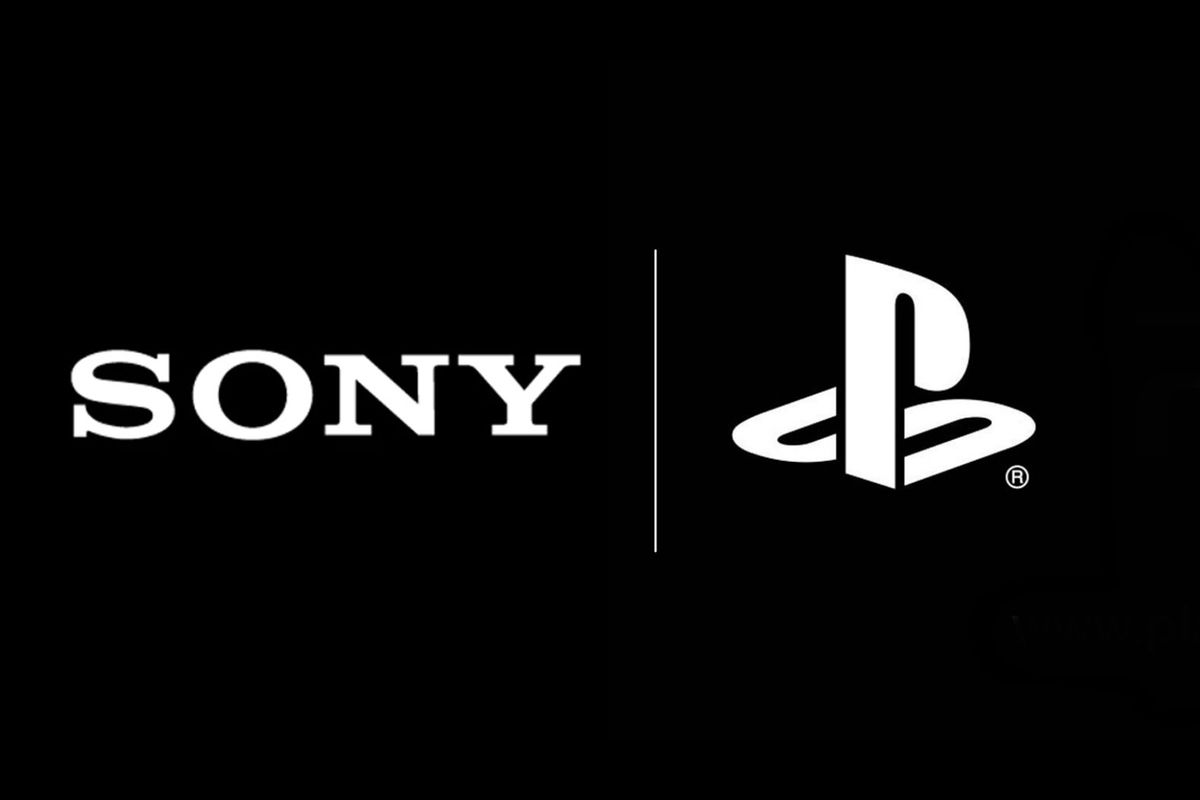Sony, a frontrunner in haptic technology for gaming controllers, has recently unveiled a patent hinting at a revolutionary new feature: voice-based haptic feedback. This innovative concept, dubbed “Haptic Fingerprint Of User’s Voice,” promises to transform the way players interact with games by translating spoken words into immersive tactile sensations.

A New Frontier in Immersion: Voice as the Catalyst for Haptic Feedback
The core principle behind Sony’s patent lies in utilizing the DualSense controller’s built-in microphone to capture a player’s voice, in-game dialogue, and even group conversations during multiplayer sessions. This captured audio would then be processed and transformed into unique haptic feedback patterns, creating a new layer of immersion within the gaming experience.
Feeling the Words You Speak: Potential Applications
While the full scope of this technology’s application remains shrouded in mystery, several intriguing possibilities emerge:
Enhanced Communication: Imagine shouting battle cries in a multiplayer game and feeling the intensity of your voice translated into vibrations through the controller. This could add a layer of realism and emotional connection to communication within virtual worlds.
Interactive Storytelling: Voice-based haptic feedback could be integrated into the narrative design of games. For example, hearing a character whisper secrets might generate a subtle tingling sensation in the controller, while a character’s booming voice could translate into a more robust vibration.
Environmental Awareness: The technology could be used to translate in-game audio cues into haptic feedback. The roar of an approaching monster or the crackle of distant gunfire could be felt through the controller, enhancing a player’s situational awareness.
Beyond the Hype: Challenges and Considerations
Sony’s voice-based haptic feedback patent is undoubtedly a fascinating concept, but several challenges need to be addressed before it becomes a mainstream reality:
Accuracy and Distinction: Accurately differentiating between a player’s voice, in-game dialogue, and background noise will be crucial to avoid overwhelming players with unnecessary haptic feedback.
Customization and User Preferences: The intensity and type of haptic feedback should be customizable to cater to individual preferences. Not everyone might want to feel every word they speak translated into vibrations.
Potential for Gimmickry: It’s essential to ensure this technology adds meaningful value to gameplay and avoids becoming a novelty that wears thin over time.
A Pioneering Spirit: Sony’s Legacy in Haptic Innovation
Sony has consistently pushed the boundaries of haptic technology within its controllers. The DualSense controller, released alongside the PlayStation 5, boasts a significant leap forward compared to its predecessors. Here’s a glimpse into Sony’s history of haptic innovation:
DualShock Controllers: The DualShock series, starting with the PlayStation 1, incorporated basic rumble technology to provide rudimentary feedback during gameplay.
DualSense Controller: The DualSense, released in 2020, introduced advanced haptic feedback utilizing voice-coil actuators. This technology allows for more nuanced and precise vibrations compared to traditional rumble motors.
The Road Ahead: What Does the Future Hold for Voice-Based Haptics?
Sony’s patent for voice-based haptic feedback represents a bold step towards a more immersive and interactive gaming experience. While this technology might still be in its early stages, it opens doors for exciting possibilities in the future of gaming.
Here are some potential scenarios for the future of voice-based haptics:
Integration with Artificial Intelligence: Voice-based haptic feedback could be combined with AI technology to create dynamic responses within the game world. For example, a character’s reaction to your voice might be physically felt through the controller.
Enhanced Accessibility Features: This technology could potentially translate in-game audio cues or dialogue into haptic feedback, offering a more inclusive gaming experience for visually impaired players.
Cross-Platform Compatibility: If this technology proves successful, it could potentially be integrated into future controllers across various gaming platforms.
FAQs
Q: What is Sony’s new patent about?
A: Sony’s patent, “Haptic Fingerprint Of User’s Voice,” aims to add voice-based haptic feedback to gaming experiences using the DualSense controller.
Q: How will this technology impact gaming immersion?
A: By vibrating words spoken by players, NPC dialogue, and group conversations, Sony’s innovation seeks to enhance immersion levels during gameplay.
Q: When can gamers expect to experience this feature?
A: While specifics are yet to be revealed, Sony’s ongoing commitment to innovation suggests that further developments may be announced shortly.




